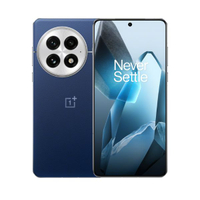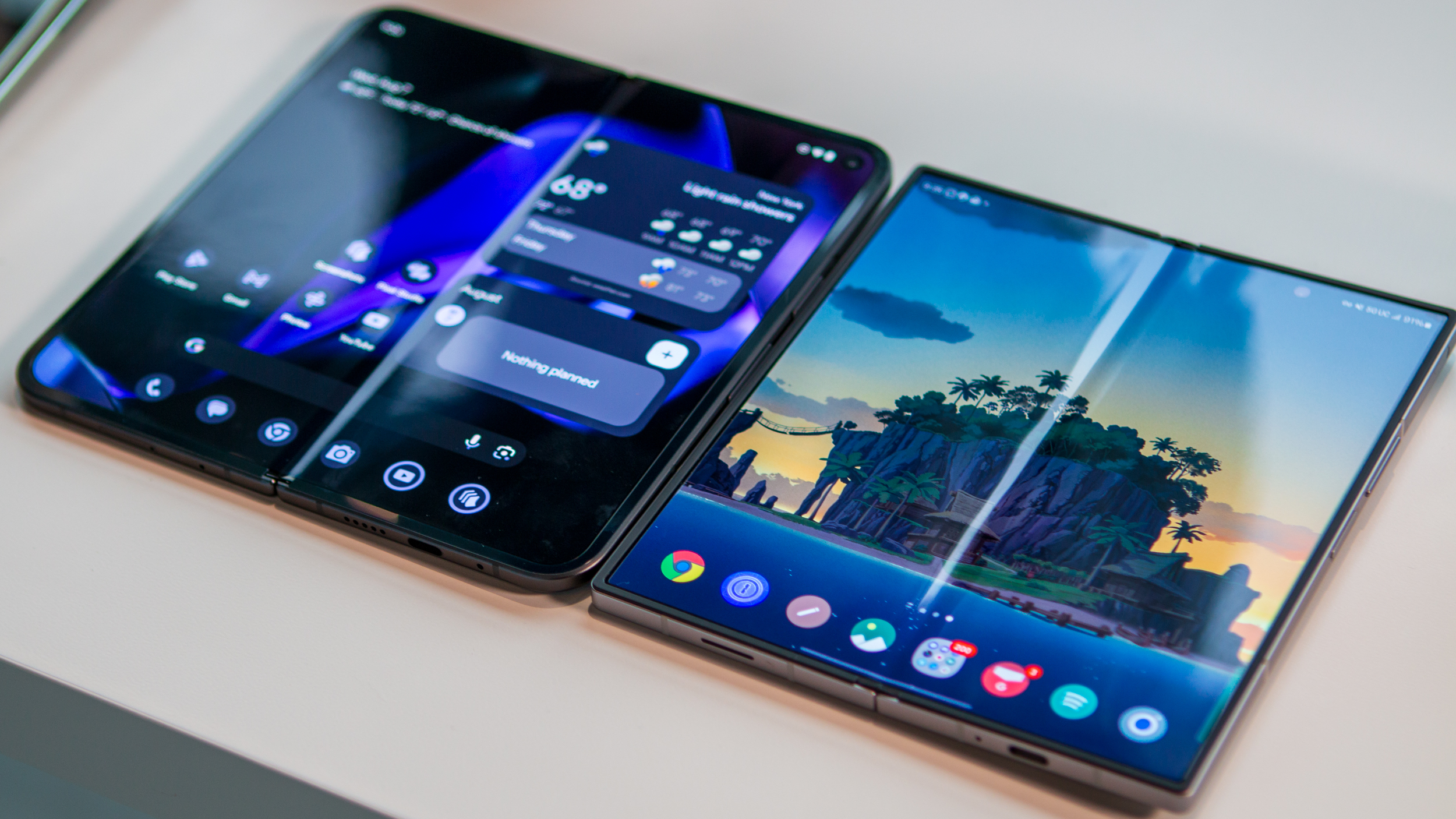OnePlus pulled off a miracle with the OnePlus 13 camera
Our OnePlus 13 camera review proves that OnePlus put in the work to make the best new smartphone camera.

Whenever a brand talks about "reinventing itself" or any kind of similar language, I usually roll my eyes and move on. Such claims are usually overhyped, but in the case of the OnePlus 13, OnePlus has truly reinvented the camera experience on its latest flagship phone and crafted one of the best smartphone cameras ever created.

Android Central Labs is a weekly column devoted to deep dives, experiments, and a focused look into the tech you use. It covers phones, tablets, and everything in between.
At the center of it all is a new back-end algorithm OnePlus plainly calls Dual Exposure, where each frame is composed of two instantaneous captures: one long exposure and one short. The combination results in photos that have punchy contrast, incredibly moving object clarity, and extremely wide dynamic range when called for.
On top of that, OnePlus is using two brand new Sony LYT sensors, helping deliver the best image quality possible on its main and telephoto sensors. This, combined with a tweaked camera UI and improved AI-powered software stack, allows incredible clarity up to 30X zoom, as well as impressive tricks like 4K 60FPS Dolby Vision capture on all four cameras.
Overall, it's a huge win for the company that fought to prove itself as a contender in mobile photography for years with its Hasselblad branding. Now, OnePlus can stand tall alongside that H on the back of the OnePlus 13 knowing it's got one of the finest mobile cameras available today.
OnePlus 13 512GB: $999.99 $899.99, plus free $100 gift card at Best Buy
Order the OnePlus 13 unlocked from Best Buy and you'll get a free storage boost to 512GB (a $100 value), plus a $100 gift card, just for kicks.
Motion capture
For years, I've weighed motion capture more highly than any other metric when judging a smartphone's camera system. Any camera can take good enough photos in almost any lighting condition now, but only a select few can get the job done when a person or pet isn't willing to hold still.
OnePlus talked up a big game during the OnePlus 13's announcement, saying it finally solved the motion capture problem. While standard image capture works well for moving objects, action mode, and clear burst are the best solutions for ensuring you capture the moment.
In standard photo mode, the OnePlus 13 impressed with a complete lack of shutter lag. Very few phones do this well — the Google Pixel 9 Pro is a great example of getting it right — while phones like the Samsung Galaxy S24 Ultra have a rather horrible shutter lag that feels like it takes "forever" to capture a photo after pressing the shutter button.
Be an expert in 5 minutes
Get the latest news from Android Central, your trusted companion in the world of Android

The above photo is a perfect example of what can be captured by simply opening the camera app and tapping the shutter button. Not only is this a low-light environment, but the bowling ball in the middle of the frame was moving down the lane at the time of capture.
Because of OnePlus's excellent new dual exposure algorithm, though, the ball has been captured in crisp detail. It even did an excellent job of balancing the exposure throughout the scene, while some phones might underexpose the photo in order to capture the moving object best.
The improvement over the OnePlus 12's camera can be seen at times like these, as that bowling ball would be blurrier when captured on last year's OnePlus flagship. This difference even occurs during the day, as you can see in the two images of a moving carousel ride below.
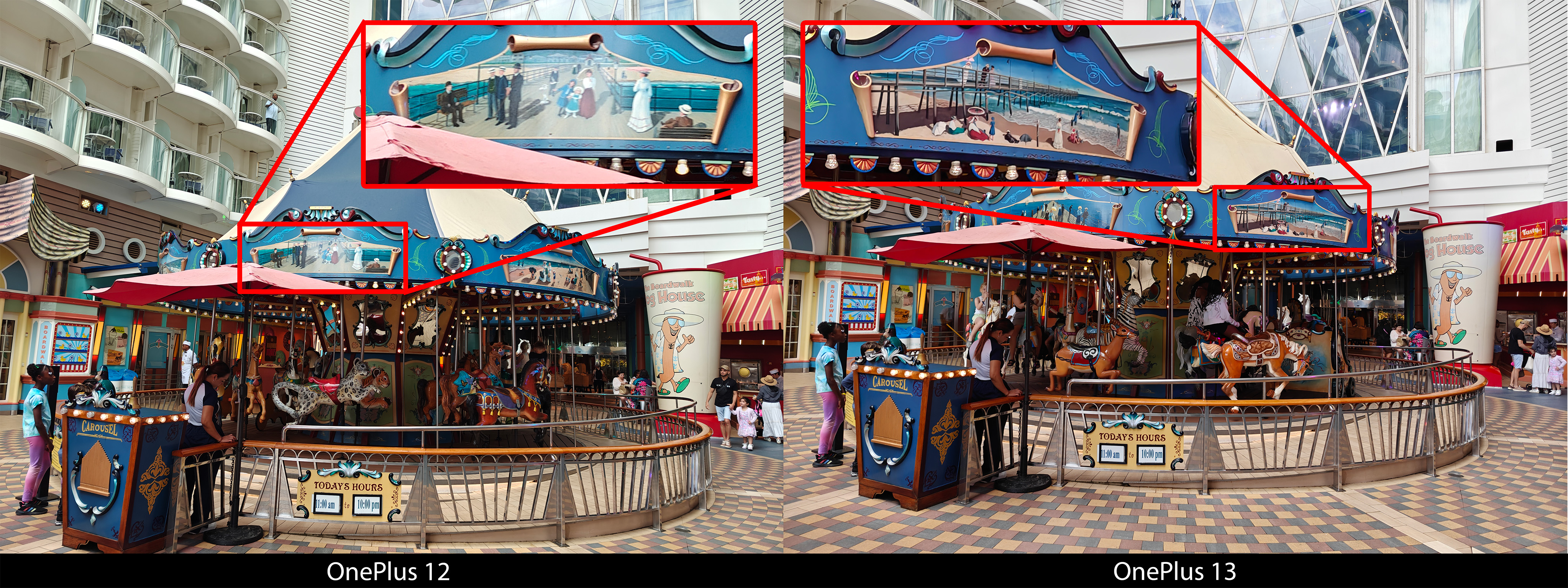
Using Action Mode bumps the camera viewfinder up from 30FPS to 60FPS, making it easier to time the moment when you tap the shutter button. Better yet, rapidly tapping the shutter button or just holding it down will activate "clear burst" mode, which delivers multiple dual exposure captures per second. This works in bright or dim light equally as well.
It also works on all of the phone's rear cameras, so you can capture action mode shots at any zoom level or even using the ultrawide camera. As evidenced in the comparison below using at 3X zoom in the camera's viewfinder, OnePlus's action mode is particularly effective even when compared to the Google Pixel 9 Pro's very capable cameras.
The OnePlus 13 nailed the exposure and color temperature of the scene, plus captured every movement in crystal clear detail. Thanks to action mode, it was easier to capture the moment mid-swing, while the Pixel 9 Pro automatically chose the least blurry photo it captured when I tapped the shutter button.
For reference, Pixel phones are always taking photos even before you tap the shutter button, and they automatically pick the best frame based on AI analysis on the back end. When using action mode and Clear Burst on a OnePlus 13, you can select from a handful of images captured during the image-taking process, giving you far better manual control after taking a photo.
The OnePlus 13's action mode also holds up well in lower light, as this second example of my son jumping off the top bunk of his bed shows. The OnePlus 13's photo is overexposed around the light source, but the rest of the scene looks excellent. Meanwhile, the Pixel 9 Pro's photo is underexposed throughout the image, even if it nailed the highlights around the light on the ceiling.
Zoom detail
The OnePlus 13 not only uses a huge new Sony LYT-600 50MP 1/1.95-inch sensor, but it packs the sensor behind a new triple-prism lens that's 24% flatter and 30% lighter than the one on the OnePlus 12. Like a lot of companies, OnePlus is baking AI right into the photo capture, ensuring that the 3X lens performs a lot better than it might seem at first.
I can see this being a controversial decision because there are some fairly obvious "AI-looking" enhancements in regular photos. I don't think it detracts from photos, and OnePlus isn't the only company doing this, but phones like a Pixel 9 Pro will produce a more natural image even if it's of lower quality in some situations.
The OnePlus 13 shots are almost always of higher contrast than shots from competing Android phones, giving them a distinct look. Many of the phone's photos look best on the phone's display because of the enhanced HDR represented by the Pro XDR capture, which is enabled by default. Exporting photos or editing them often removes this Pro XDR layer, making them slightly lower quality than the original capture.
This is similar to how HDR video captured on the phone will often look better than after it's posted on social media or other platforms. This isn't OnePlus's fault, but it can affect the end result.
At night, the extra contrast and punchiness of the OnePlus 13's photos really shine. This 20X zoom photo comparison with the Samsung Galaxy S24 Ultra shows that off particularly well, as the OnePlus 13's colors look richer and more accurate than the washed-out ones on the Galaxy S24 Ultra. The OnePlus 13 also nails the exposure, giving the scene more moodiness and keeping the lights from being blown out.
One area OnePlus needs to improve is with direct frame crops which occur at both 2x and 6x. The 2x button crops the main sensor by 50%, while the 6x button does the same with the telephoto sensor. Typically, companies call this an "optical zoom equivalent" because there's no real digital zooming happening, and, instead, the number of binned pixels is just cut in half.
However, the OnePlus 13 appears to be doing some extra processing at these two zoom levels, which doesn't do it any favors. Compared to the OnePlus 12's 2x photo of the same subject, the OnePlus 13's photo looks heavily digitally processed. This didn't always happen, but I never saw this behavior on the OnePlus 12, so the company needs to tweak the algorithm a bit for these specific zoom levels.
Night light
One of the chief complaints about modern smartphone photography is that too many phones make night photos look like daytime photos. Pixels and Galaxy phones are particularly bad about this, and thankfully, OnePlus doesn't seem to suffer from this issue the vast majority of the time.
I've taken hundreds of low-light photos with these phones and have been supremely impressed with the OnePlus 13's ability to make a nighttime photo actually look like it's nighttime. This photo of a giant Christmas tree in the park taken from the ultrawide angle lens perfectly illustrates that.
The OnePlus 13's photo here is the epitome of perfection. Everything is right, from the exposure to the contrast, the color temperature, and even the fine details on the sign at the base of the tree. The Pixel 9 Pro tried to pull out as much shadow detail as possible, which is admirable, but it ended up making the photo look far brighter than it was in real life.
Since nighttime photography typically ends up requiring longer exposures, the OnePlus 13's new dual exposure algorithm helps the phone capture anything that might be moving during that long exposure. This shot of the moonlight reflecting on the open ocean, taken from the side of a cruise ship, perfectly illustrates that.
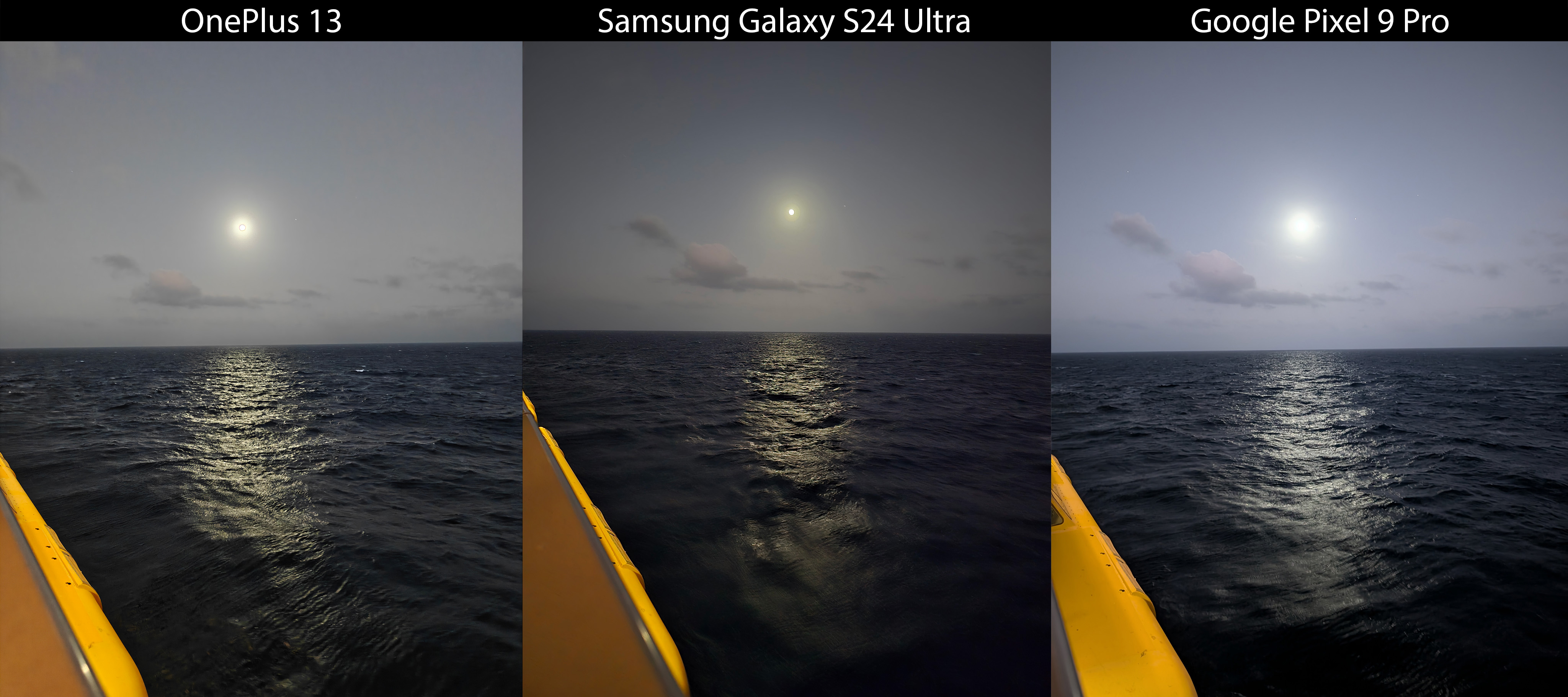
Notice how the waves are super crisp and detailed on the OnePlus 13, while the Pixel 9 Pro and Galaxy S24 Ultra's shots exhibit double imaging or blurriness. This kind of motion clarity is consistent with the shot of the bowling ball rolling down the lane in the dimly lit bar at the beginning of this article.
Selfies and portraits
OnePlus phones have had a very good portrait mode for quite some time now, but I've called Samsung the king of portrait mode several years in a row. That being said, OnePlus is giving Samsung (and Honor) a run for its money with the OnePlus 13's enhanced Hasselblad portrait mode, which does an even better job of subtly separating the subject from the background.
In the first shot, I used the widest portrait zoom I could get from each phone to capture myself in a dashing surfer Santa statue. Clearly, Santa needs to work on his beach bod, but there are two standouts in this comparison.
The Pixel 9 Pro did a great job of blurring the background in the top half of the picture but the bottom half's blurred background is a bit messy. The cutout between the surfboard and Santa's leg is nonexistent, while lower down the leg, the edge of the cutout is very messy.

The OnePlus 13's lighting is considerably better than the other two phones with better colors and highlights all around. It also subtly blurred the background all around Santa and the surfboard and did an excellent job of the cutout all around. The blur depth is configurable in the viewfinder, but this is the default setting. The one issue with this shot is the surfboard pattern, which lacks detail compared to the other two phones' shots.
The Galaxy S24 Ultra's shot is the most detailed but it's also the darkest and has no portrait mode blurring at all. It also exhibits some nasty sensor noise that Samsung's algorithm tried to clean up by my face, in particular, looks extremely digitally processed.
Samsung's front-facing camera fared much better in this same scenario when I took a selfie in front of the giant Christmas tree right near the surfer Santa. While I like how the OnePlus 13's photo came out, the punchy contrast from the Galaxy S24 Ultra's photo looks better to me.
The next shot on a sunny beach uses the portrait mode from the front-facing camera of the OnePlus 13, Samsung Galaxy S24 Ultra, and Google Pixel 9 Pro. The Galaxy S24 Ultra's shot is consistently darker than the other two phones in portrait mode and isn't nearly as wide as what's offered by OnePlus or Google. The portrait cutout is extremely nice; however, it is something Samsung has done consistently excellently for years.
The OnePlus 13's photo is my favorite of the bunch, sporting warmer colors, excellent exposure balance between foreground and background, and an ultra-clean cutout between me and the background with subtle blending between.
The Pixel 9 Pro's photo looks crisp but a close inspection at the cutout shows the usual errors Google's portrait mode always exhibits. I also think the Pixel blurred the background far too much — again, something it always does — and made the photo look fake.
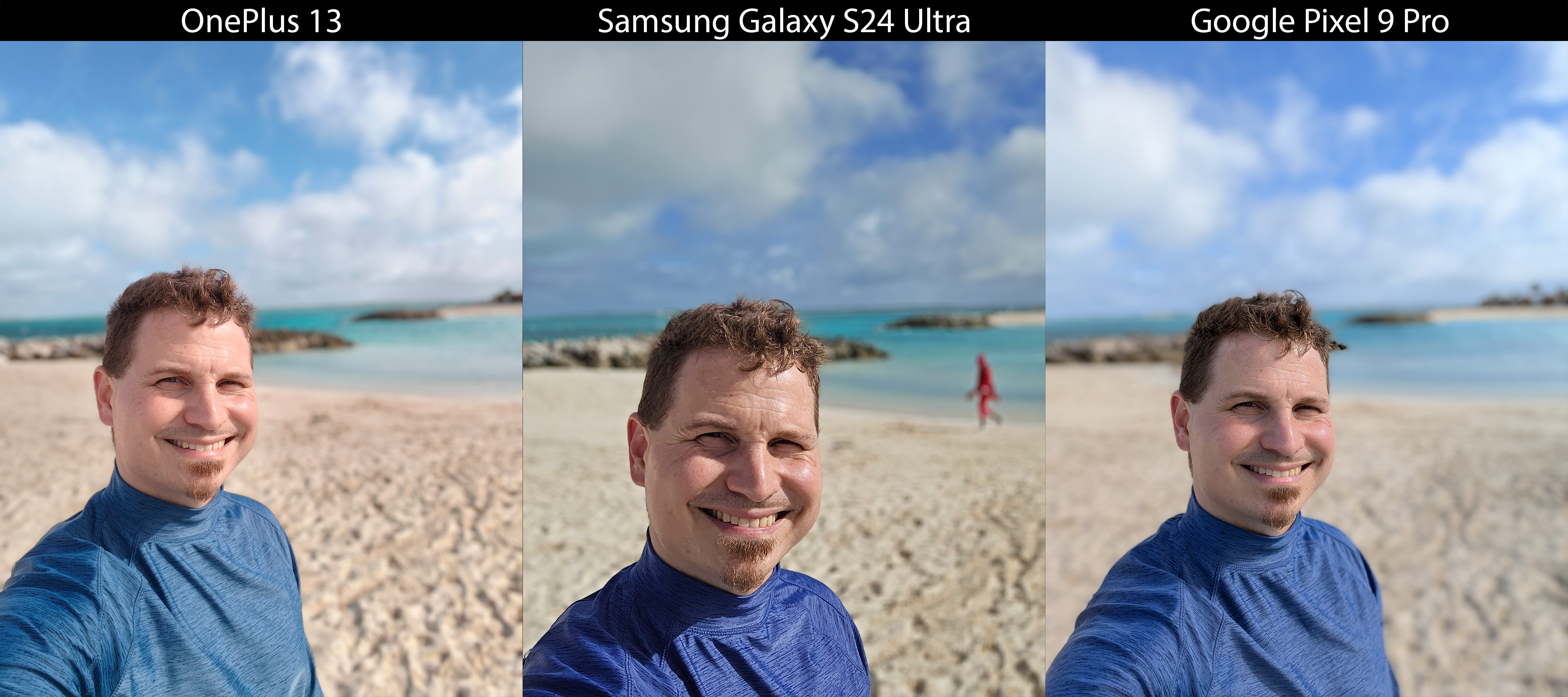
An incredible accomplishment
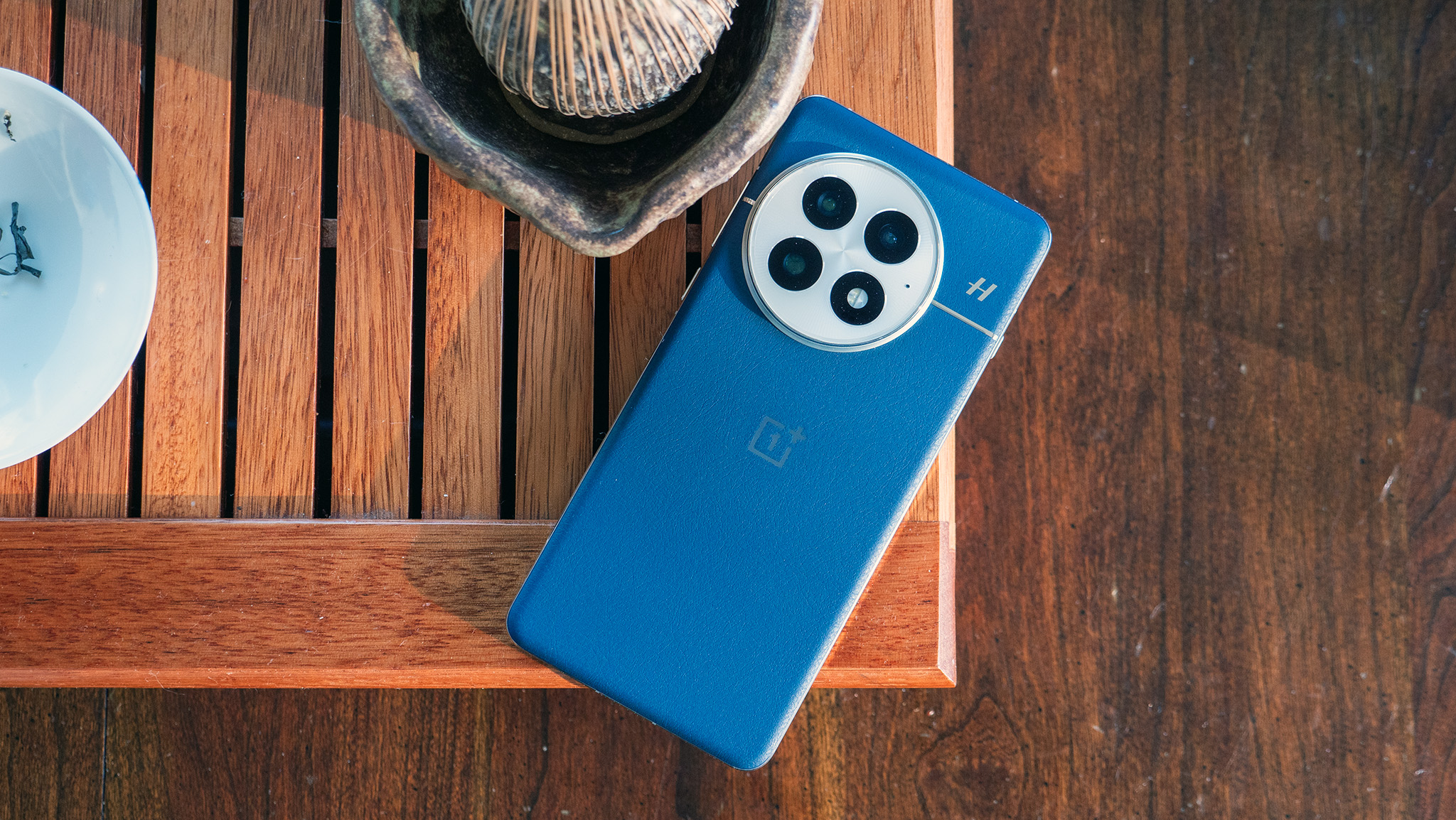
For the first time in history, I feel confident carrying around a OnePlus phone for use as my main camera. While I've used the OnePlus 12 as my main phone throughout most of 2024, I almost always carried another phone along with me so I'd have the best camera and my favorite phone with me at all times.
This year, things are different. The OnePlus 13's camera is magnificent, and, outside of a scant few situations, it meets or beats the competition and gives me the photo I was hoping for. Amazingly enough, this even includes capturing motion, something OnePlus and Samsung have historically been the weakest at.
It feels like a miracle that OnePlus would finally get its act together and craft a world-class camera, especially considering this is the 5th generation Hasselblad branded camera. A combination of new sensors and a new backend processing algorithm have worked some serious magic, and I'm happy to say that the OnePlus 13 is now my favorite mobile camera.

You must confirm your public display name before commenting
Please logout and then login again, you will then be prompted to enter your display name.
